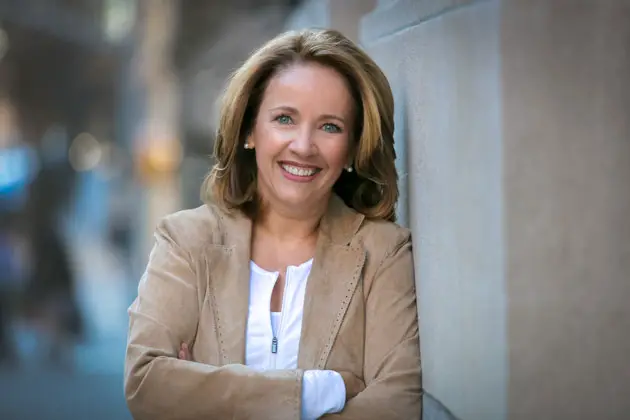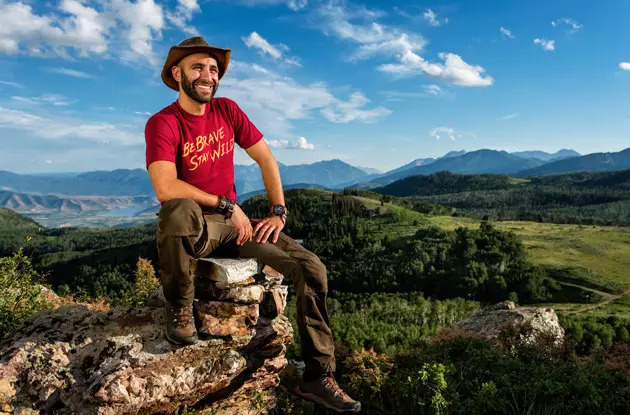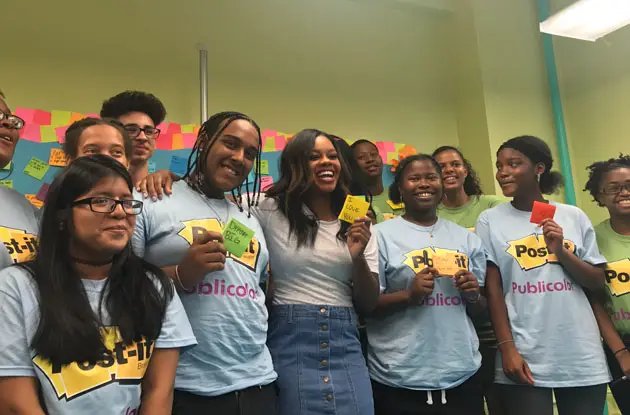Ruby Shamir is the co-author of the book “What’s The Big Deal About First Ladies.” Here she answers our questions about the book and relays some interesting facts about America’s first ladies.
What inspired the book? Several things inspired What’s the Big Deal About First Ladies. First and foremost was the great opportunity I had to work in the White House for First Lady Hillary Clinton. Working with her gave me a unique window into the specific, policy-oriented contributions a first lady can make, the symbolic power of the position, and the ways a first lady can use her role to highlight and influence the priorities of her husband’s administration. I got to witness and be a small part of that history, and I was inspired to share the lessons and texture of that singular experience with young readers.
I also felt motivated to tell the story of these unique women because there is quite a lot to say about the work they did to which kids aren’t exposed. And as I work on other books in the What’s The Big Deal About… series, I am excited to develop compelling ways to bring our democracy to life for kids. I hope these books impart to children a deeper, more nuanced understanding of the great country they will inherit.
Why did you feel the need to highlight First Ladies? I wanted to offer kids a richer view of presidential history and show them that even when women weren’t expected or allowed to participate in policy-making, most first ladies contributed in surprising ways that were outsized to traditional women’s roles in any given era.
Women’s work has always been integral, even if their stories haven’t been the top priority of historians. We often focus on first ladies’ dresses or the china patterns they select, but most of them were also advisors, advocates, and ambassadors, and their closeness to the president generated both intrigue and benefits. All of this makes first ladies a rich mine for storytelling. I wrote What’s the Big Deal About First Ladies to offer kids a way to begin to explore some of these substantive ideas.
How important is the role of a First Lady? While every first lady does the job her own way, all have the opportunity to make a real difference and many have. Abigail Adams spoke out forcefully to her husband for women’s voices to be included in the new republic. Mary Todd Lincoln was an unapologetic abolitionist who broke with tradition as the first first lady to invite African Americans to the White House as guests. Eleanor Roosevelt was a warrior for social justice and used her position in the White House to amplify the voices of people who were poor or marginalized.
How has the role of First Lady changed over time? The role of first lady was first invented because it was considered scandalous for women to attend parties at the White House without a female host there to welcome and entertain them, which is why the post of “Hostess-in-Chief” still applies to first ladies.
But as women’s opportunities and rights have expanded, the work of first ladies has broadened too with many first ladies nudging those changes forward. So, Julia Grant was the first first lady to issue a press release of her own, Carrie Harrison was a supporter of women’s rights and prodded Johns Hopkins to accept women as medical students, and Nellie Taft was the first first lady to ride with her husband from his swearing in.
RELATED: Military History Landmarks in the NYC Area
What are some of the biggest impacts or changes made by First Ladies? What makes first ladies particularly fascinating is what they reflect back to us about our priorities as a culture and, particularly, how we regard women and wives. We haven’t always been kind to first ladies who seem to wield too much power, however, I want kids to learn about how first ladies led on women’s rights and civil rights and tried to make Americans healthier. For example, Lady Bird Johnson’s whistle stop train tour through the South in support of the Civil Rights Act was an act of enormous bravery and principle. Rosalynn Carter’s advocacy of mental health and Betty Ford’s courageous admissions about her breast cancer diagnosis and treatment shined a light on diseases that had been taboo for too long.
Even traditional-seeming first ladies have used their influence to make lasting changes. Jackie Kennedy’s work to create the White House Historical Association still today breathes life into but also preserves the dynamic history of our people’s house. Similarly, Dolley Madison’s huge, welcoming “crushes” gave her a way of expressing her husband’s commitment to our democratic ideals, where members of the public could stand shoulder to shoulder with their leaders. And Francis Cleveland snuck in her acknowledgement of and support for working women by welcoming them to the White House for receptions on Saturdays.
Any fun or surprising facts about First Ladies? So many! Even though I knew a lot about first ladies from my service in the White House, I was surprised by the breadth and depth of the work they engaged in.
Nellie Taft was a powerhouse, had enormous influence on her husband and is responsible for populating D.C.’s Tidal Basin with thousands of cherry blossom trees. Edith Wilson decoded messages from our allies during World War I and was President Wilson’s main internal interlocutor after he suffered a stroke. Edith Roosevelt was largely responsible for overseeing construction of the White House West Wing.
And, really, who knew there was ever such a thing as oyster ice cream! (You will have to read the book to find out who loved it!)
REALTED: Presidential Landmarks in the NYC Area
Never hear ‘I’m bored’ again with our weekly family-activities newsletter!




















